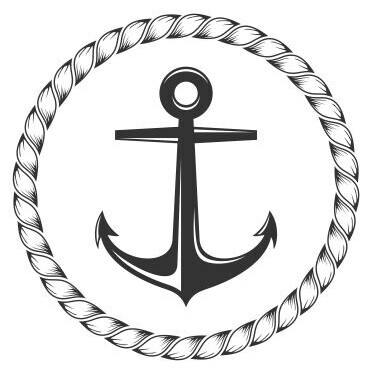- This topic has 0 replies, 1 voice, and was last updated 2 years, 8 months ago by
 Admin.
Admin.
-
AuthorPosts
-
28/07/2022 at 18:12 #14169
Q1: Which of these is considered as being ‘grey water’?
A: Drainage from the galley sinkQ2: If there is a smell of ‘sewage’ in toilets or bathrooms of the accommodation, why should this be investigated immediately? Select the ONE best answer:
A: Because it could mean that toxic gases are being released into the accommodationQ3: What are the products from the “aerobic” breakdown of sewage?
A: Water, carbon di-oxide and an inert residueQ4: Which of these is defined as ‘sewage’ under MARPOL?
A: Drainage from the dispensary or sick bayQ5: What are the products from the ‘anaerobic’ breakdown of sewage?
A: Water, carbon di-oxide, hydrogen sulphide, methane and an inert residueQ6: Your ship is just over 3 miles from land, and not in a special area. Under MARPOL Annex IV regulations, what is the minimum treatment required before sewage can be released at a moderate rate?
A: It must have been comminuted and disinfectedQ7: Under MARPOL Annex IV, how fast must the ship be moving before it can discharge sewage that has been treated in an ‘approved’ sewage treatment plant?
A: There is no requirement for the vessel to be moving if an approved sewage treatment plant is usedQ8: When more than 12 miles from land, under MARPOL Annex IV, how fast must the ship be moving before it can discharge untreated sewage?
A: The ship must be ‘en-route’ and travelling at a speed of at least 4 knotsQ9: When more than 3 miles from land, under MARPOL Annex IV, how fast must the ship be moving before it can discharge sewage that has been only comminuted and disinfected?
A: The ship must be ‘en-route’ and travelling at a speed of at least 4 knotsQ10: Why are ‘vacuum’ sewage systems used?
A: They reduce water consumption and require a smaller holding tankQ11: Under MARPOL Annex IV regulations, how far must a ship be from land before untreated sewage can be released at a moderate rate?
A: At least 12 miles, and the ship must be en-routeQ12: Which parts of a sewage storage or treatment system need to be ventilated to remove CO2 and other gases?
A: Anywhere that sewage is stored or treatedQ13: Some types of aerobic sewage plants have sections of clear piping just above the tank. What are these for?
A: So that operators can check that the air-lifts are workingQ14: Why do the IMO place a limit on the amount of residual Chlorine for type approval of a sewage treatment system?
A: To reduce the harmful effects of putting Chlorine into the seaQ15: What are coliform bacteria, and why do we measure how many there are in treated sewage?
A: They are the bacteria present in the human intestine and how many are left in treated sewage gives us a guide to how effective treatment has beenQ16: A sample of treated sewage has a high ‘Biochemical Oxygen Demand’. What does this mean?
A: That the sewage treatment is incomplete-
This topic was modified 2 years, 8 months ago by
 Admin.
Admin.
-
This topic was modified 2 years, 8 months ago by
-
AuthorPosts
- You must be logged in to reply to this topic.
